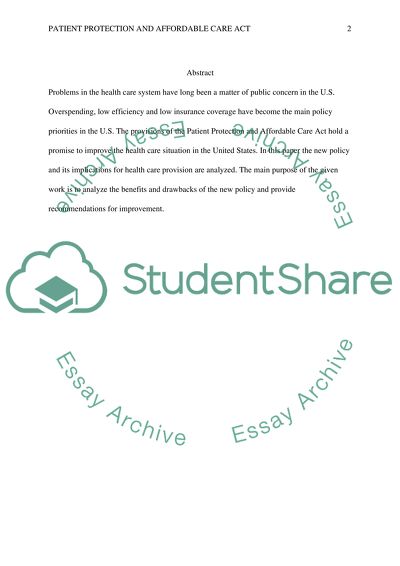Cite this document
(“Policy Analysis of the Patient Protection and Affordable Care Act Essay”, n.d.)
Retrieved from https://studentshare.org/nursing/1430744-policy-analysis-of-the-patient-protection-and
Retrieved from https://studentshare.org/nursing/1430744-policy-analysis-of-the-patient-protection-and
(Policy Analysis of the Patient Protection and Affordable Care Act Essay)
https://studentshare.org/nursing/1430744-policy-analysis-of-the-patient-protection-and.
https://studentshare.org/nursing/1430744-policy-analysis-of-the-patient-protection-and.
“Policy Analysis of the Patient Protection and Affordable Care Act Essay”, n.d. https://studentshare.org/nursing/1430744-policy-analysis-of-the-patient-protection-and.


